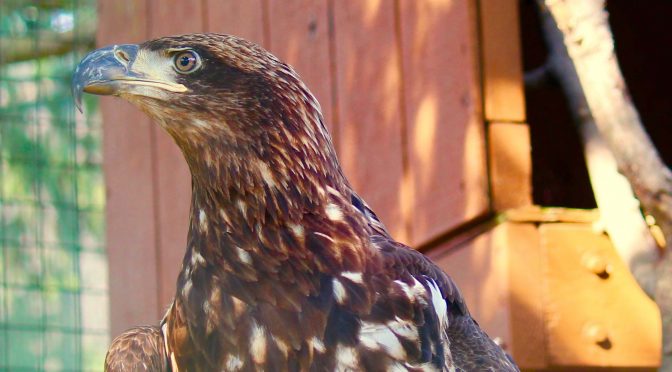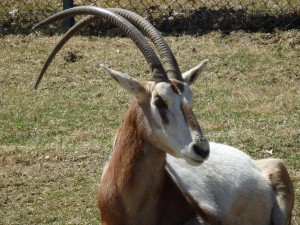It’s a time for hope and celebration at the Lehigh Valley Zoo— and for conservationists worldwide—as 25 scimitar horned oryx are reintroduced to their natural habitat in Chad, Africa after being extinct in the wild for almost 30 years.
As a longtime champion and award-winning participant in the mission for saving the scimitar horned oryx, a species of antelope, Lehigh Valley Zoo holds an active role in the preparation for this landmark event. Five oryx currently reside at the Zoo, including the two calves that were born there in the past year.
In fact, some lucky guests of the Lehigh Valley Zoo may remember the miraculous moment in April, 2015, when a scimitar horned oryx calf was born in front of onlookers at the Zoo’s Party for the Planet event. Along with being a rare and exciting moment for those present, the birth played a crucial role in a global effort to save a disappearing species.

In cooperation with the Association of Zoos and Aquariums (AZA), Lehigh Valley Zoo manages the herd of scimitar horned oryx through the Species Survival Plan (SSP) Program. Originally a holding facility for the program, the Zoo sent a prime breeding male to another AZA zoo for breeding in 2010 as a recommendation of the SSP. That oryx has since sired more than nine offspring, and in 2013, Lehigh Valley Zoo brought in female oryx and became an additional breeding facility to help bolster the population.
The possibility exists that oryx born to Lehigh Valley Zoo oryx past and present may one day get to return to their natural habitat in Africa.
“Conservation and saving species from extinction are core ideals of Lehigh Valley Zoo,” said Richard Rosevear, general curator at the Zoo. “We are privileged to be part of a program that is
reintroducing a species, which was extinct in the wild, to its native range.”
The Zoo’s ongoing efforts with the scimitar horned oryx were recognized on a global level in 2015, as the Zoo received Top Honors in the International Conservation Award for AZA Zoos Giving Voice to the Sahara: Sahara Conservation Fund (SCF) as a model for a zoo-driven conservation movement. This annual award recognizes exceptional efforts toward regional habitat preservation, species restoration and support of biodiversity in the wild. Lehigh Valley Zoo was proud to share in this award with 52 other zoos who are united under that mission.
“We are so proud to have been a part of such a monumental, historical event,” stated Melissa Borland, Lehigh Valley Zoo President. “Accredited Zoos play a major role in supporting the sustainability of endangered animals in the wild. To know that such a global impact is being made right here in the Lehigh Valley is something I think we can all be proud of.”
An initial group of 25 scimitar horned oryx were initially released in March into a large fenced area at the Ouadi Rime-Oudi Achim Game Reserve in Chad and are being acclimated in that area for full release into the wild this Summer.
Of course, this does not mean that scimitar horned oryx are necessarily safely reestablished in the wild. “Reintroduced oryx will have to be monitored to see that the herds are self-sustainable and will have to be protected from poaching,” added Rosevear.
In all, there are expected to be 500 of these beautiful animals released into the wild over the next five years.














